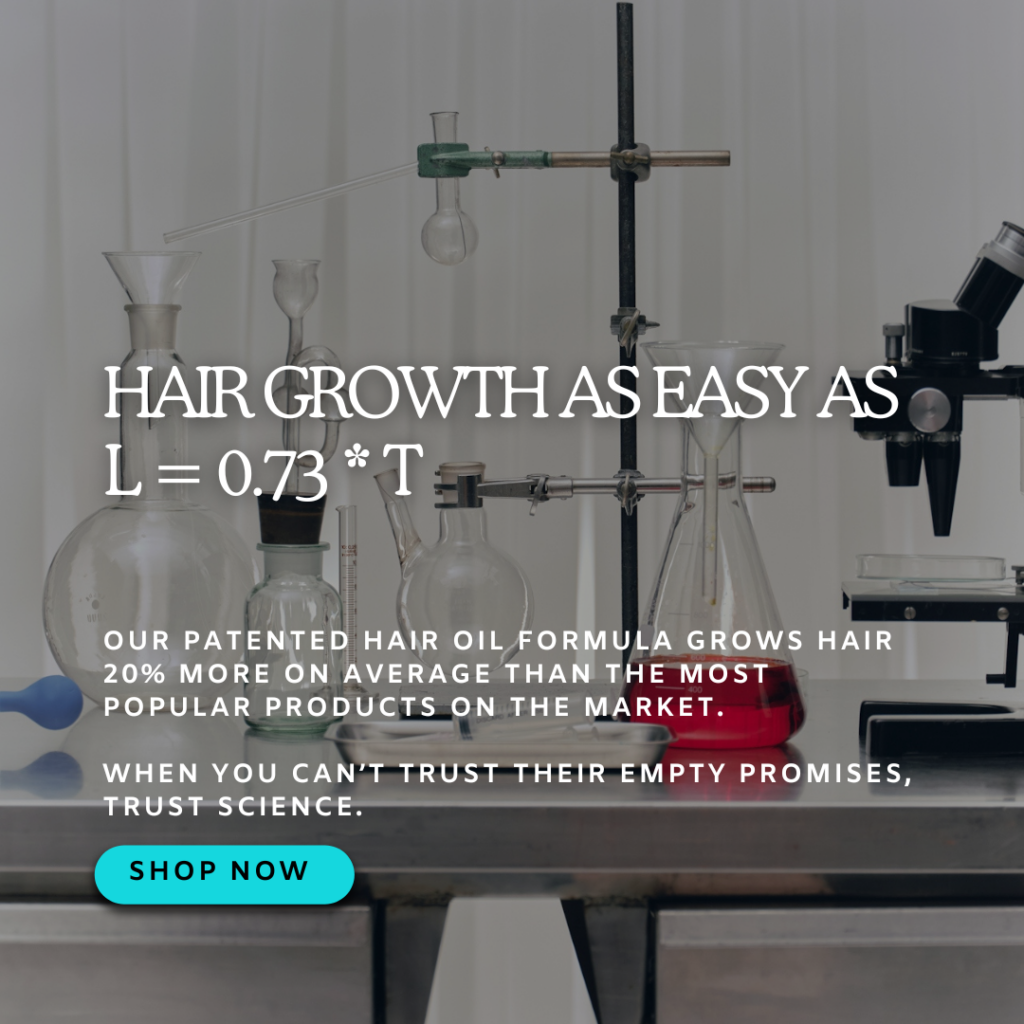HEY FRIEND!
I'm jemilla!
In the past 4 years, I’ve cut my teeth strategizing & writing award-worthy, revenue-increasing, results-snatching copy. And what really lights my fire is writing for woman-owned and BIPOC-led brands. I’m talkin’ the first day after a braiding appointment type of excited! Energizing them to go big with their bold ideas so that when launch time happens, the world thinks “OMG FINALLY, I’ve been waiting for something like this.” And giving them the tools to diversify the market.
about me
services
How To Write Copy As A DIYing Small Business Owner
March 24, 2025
You’ve heard the term “copywriting” on the lips of your favourite business owners every so often. I’m sure you’ve seen YouTube and TikTok videos about it and how important it is. And the ads that you remember, that make you stop and think, that make you laugh and smile. And you want people to feel that way when they read your copy, too! But how to write copy… that’s the question, isn’t it?
You could find any online course, YouTube video, or template that shows you how to write something specific — website copy, emails, ads, etc. But what about the techniques that apply to any kind of copy? That might be harder to pin down.
That’s what I’m getting into in this blog post — how to write copy for anything, using these 6 tried-and-trusted techniques.
Keep Asking Questions
You know what your product does. It could increase hair growth by an average of 20%, get you a month’s worth of batched content in just one day, or whatever makes your thing amazing.
But why should your customer care? Because the copy above would not be enough to sell your product on its own.
If you have a hair oil that produces growth by an average of 20%, how does that benefit your customer? Let’s say your target audience is predominantly Black people with natural hair. What would that mean to them?
“It means they’ll have longer hair”
Okay, cool. Why do they want longer hair?
“Because long hair is a signal of beauty in the Black community, and not many Black people have long hair. You always want what you don’t have”
Ah, that’s interesting. Well what could someone who’s not accustomed to having long hair do with their now longer hair after using this product?
“Well, they could do more hair styles. Catch their hair up in a ponytail. Not have to straighten their hair and risk heat damage to get length. Whip their hair back and forth like Willow”
Ah! Now that’s interesting! There’s a lot more we can work with now, huh?

Now let’s look at the other product example: a month’s worth of batched content in just one day. This is actually something that a Chicago-based marketing agency offers — they call it the Seventh House Special.
It would be great to have a month’s worth of content covered, and to only have it done in a day? AMAZING. The busy bee that I am is in love with this idea.
But to really sell it to someone who needs more cajoling, you’ll need to get to the root of what will convince them.
They might ask questions like “How much can you really get done in a day?” and “Is this limited to only short-form online content?” or even “Do I need to hire anyone else to execute this content?”.
So you want to ask yourself these kinds of questions as if you were looking at your product from the customer’s point of view.
You’ll come up with answers that get your creative juices flowing, and might write copy like this:

Capitalize on Central Conflicts
There’s no story without conflict, and the same goes for your copy. With this technique, you can identify and leverage the central conflicts in society, your company or industry.
You already know about the popular central conflicts:
- East Coast vs. West Coast
- 2Pac vs. Biggie
- Apple vs. Android
- Summer lovers vs. Winter lovers
- Wall Street vs. Main Street
So when you think about how to write copy that connects to your reader, think about it from an us vs. them standpoint. Whatever your product helps your customer achieve, it makes them side with you until you become an “us” And it’ll help your customer compete against the “them” that’s bogging them down.
So if we look at the hair oil example, the “them” would be hair companies selling oils and hair creams that make hair-growth promises they can’t deliver on, or chemical and equipment hair straighteners.
You can capitalize on that in your copy.
Same with a month’s worth of batched content in just one day — who’s nemesis would be wasted evenings and weekends creating content on the fly.

Lean Into Central Human Truths
There are just some things we all can relate to:
- We like getting free trials/samples before investing in something long-term
- We like to stuff hotel towels, robes, and bottles of goodies in our bag
- People HATE ads that interrupt the video/show they’re trying to watch
So find the thins about your product that people can relate to!
For a hair oil that increases grows by 20% on average, your target audience could relate to a character like Rapunzel — and wanting long, strong hair like her.
And for business owners who want to get 30 days of content done in under 8 hours, Grandma Aggie’s bottomless bag from HalloweenTown would resonate hard with them.
KISS (Keep it Simple, Sweetie)
I find that a lot of people tend to drone on when trying to explain what makes their product amazing. But that can drown the real selling point in pointless musings. Whenever you write something, cut away pieces to make it simpler. Then do it again. Then do it again. I promise you, what you think absolutely NEEDS to stay can actually be said much simpler or not at all.
Just look at this example:
(A bit of a mouthful, am I right?)

Let’s pare it down to something simpler, and a headline that isn’t so busy.

(More succinct and tells a story)
Literal to Lateral
When you’re trying to communicate a product feature or benefit, you don’t have to ALWAYS tell it like it is. You can begin with the straightforward way of saying the one message, then add some pizazz, some oomph, some extra-ness to it.
Think about typical examples from popular culture that relate to the benefit of what you’re really selling — whether it be longer hair or not having to worry about creating content for a month.
So “Get a month’s worth of batched content in a day” turns into something like

Hit ‘Em With A Surprise
Otherwise known as paraprosdokian, you can write copy where the end of the sentence is surprising or unexpected in a way that makes the reader reframe or interpret the first part.
The Lung Cancer Association did a great job of this that I go back to every time I need a dose of inspiration:

This’ll take a lot of creative juice pumping, because you’ll have to think of common phrases that we all know and love, and think about how to turn them on their head to talk about your product.
But you can use tools like this report to start off with, and then write down a few variations!

Why this works: clearly if there’s a scientific formula for something, it’s not easy. There’s actually a lot of science and experimentation that goes into that product! But by showing this, it positions the brand as a leader in the industry because they have actual science to back them up, not just empty promises!
Wrapping It Up
There is a lot more that comes into how to write copy that connects, convinces, and converts. If it’s in your budget, working with a copywriter or buying one of their templates will definitely help you check all those boxes.
But if you’re a DIYer out of spirit (and due to a small budget), you can use free and low-ticket resources crafted by copywriters to help!
To really understand the foundational elements of great copy, you can download my free Copywriting Fundamentals guide >>>
My Creative Copywriting 101 freebie comes with 21 techniques to help you write cooler copy. Download that here >>>
And to find what’ll prove to people you’re someone worth giving money to, you can grab my free Social Proof Calculator! This guide shows you which social proof points to use for any claim you make — guiding potential customers to a decision that ends with them clicking the ‘Buy’ button.






